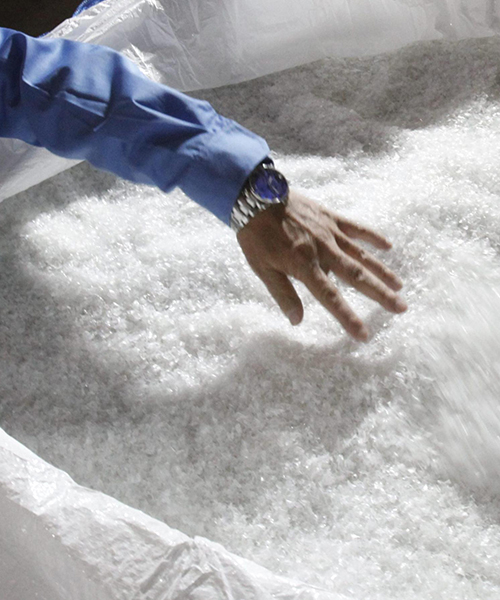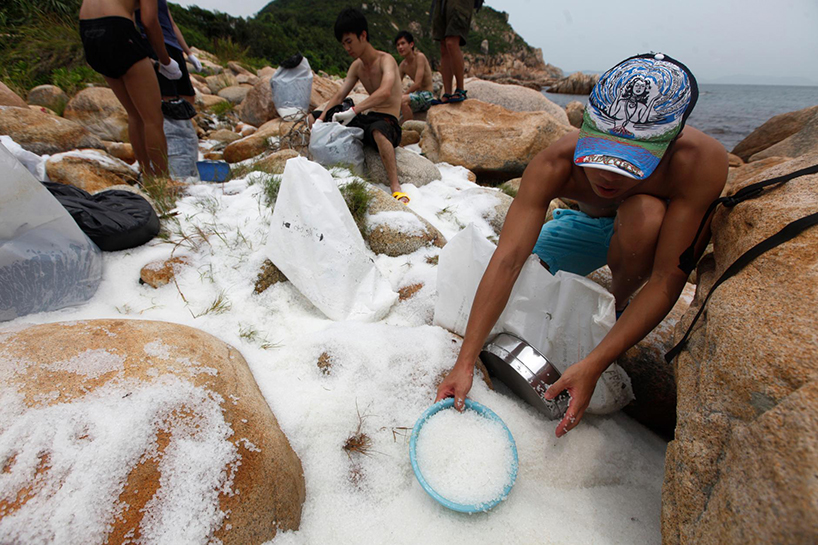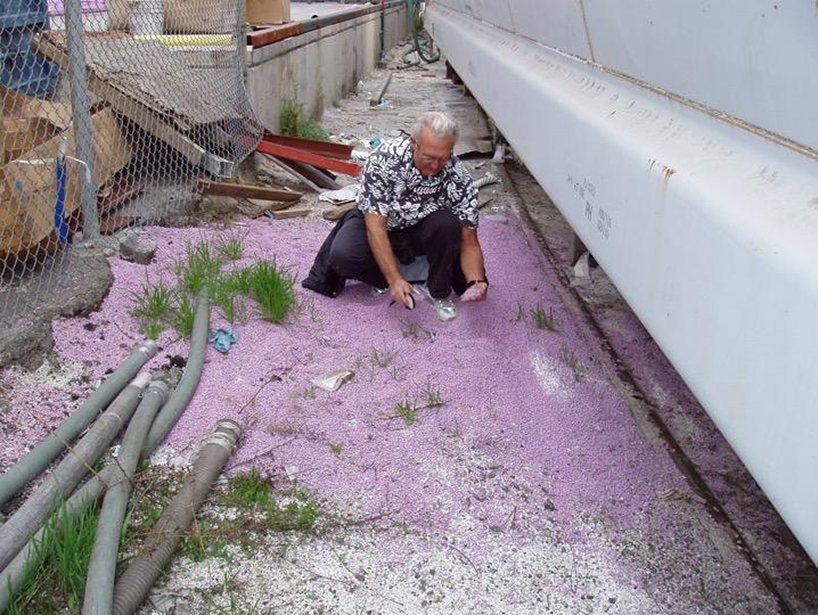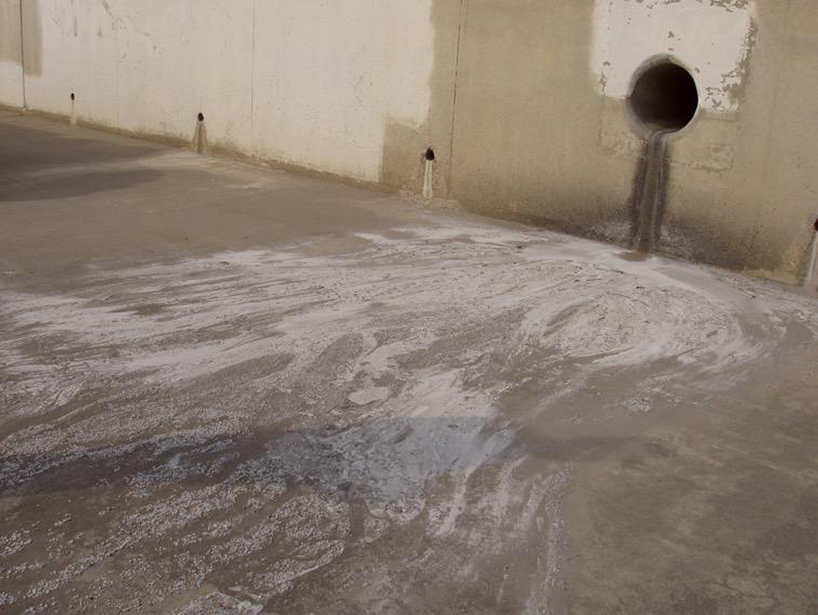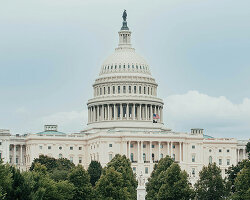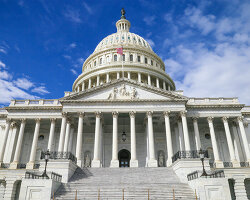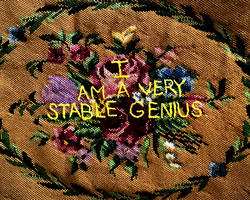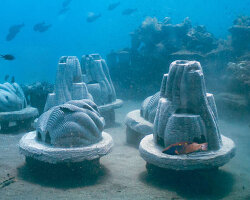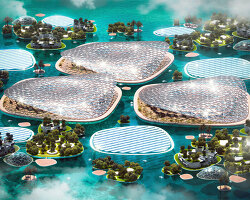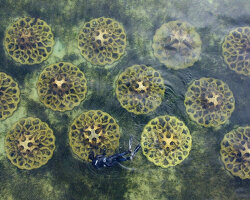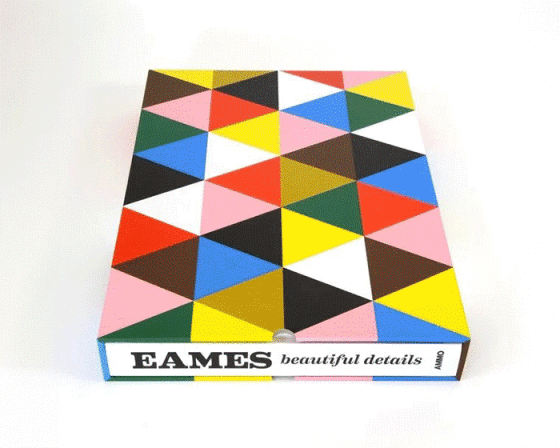KEEP UP WITH OUR DAILY AND WEEKLY NEWSLETTERS
reinterpreting cartographic traditions, the pages depict an imagined journey along switzerland’s waterways, from the alpine peaks down to the valleys.
connections: 58
from modernist masters to avant-garde pioneers, these books reveal how power couples transformed design history.
connections: +250
the biologically grown interactive device can integrate into various aspects of daily life -- from keyboards and wearables to architectural components.
connections: +170
material-wise, the design team uses CNC micro-machined stainless steel for the case with a military-grade ceramic coating.
connections: +460
